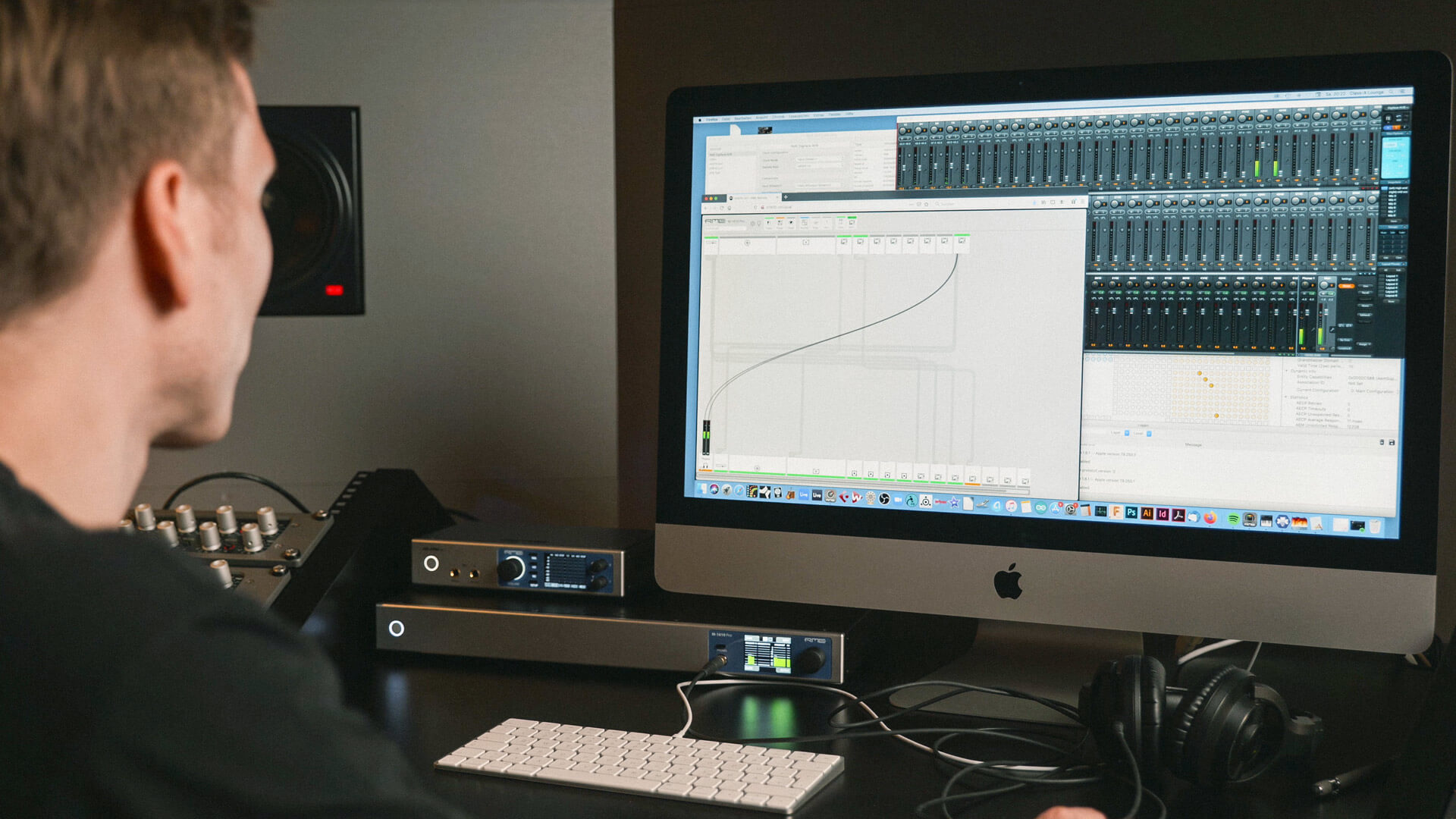

Now that we have all the concepts we need, we can start working on our audio fingerprinting code. Release: the amount of time, in seconds, required to increase the gain by 10 dB.Attack: the amount of time, in seconds, required to reduce the gain by 10 dB.Reduction: The float represents the amount of gain reduction currently applied by the compressor to the signal.Ratio: The amount of input change, in dB, needed for a 1 dB change in the output.Knee: value in decibels representing the range above the threshold where the curve smoothly transitions to the compressed portion.Threshold: value in decibels above which the compressor will start taking effect.These properties will help create more variability between browsers. The Web Audio API provides a DynamicsCompressorNode, which lowers the volume of the loudest parts of the signal and helps prevent distortion or clipping.ĭynamicsCompressorNode has many exciting properties that we’ll use. The default frequency is 440 Hz, which is a standard A4 note. It’s also possible to generate other waves, such as square, sawtooth, and triangle. An oscillator generates a periodic waveform with a specified frequency in its simplest form. An An oscillator is a good candidate because it generates samples mathematically, unlike playing an audio file. When working with audio, we always need a source. It can hold multiple channels, but for our purposes we’ll use only one. Data of that snippet is represented internally in Linear PCM, with each sample represented by a 32-bit float between -1.0 and 1.0.

When creating an instance of OfflineAudioContext, we pass three arguments:Ĭonst context = new AudioContext ( 1, 5000, 44100 ) AudioBufferĪn AudioBuffer is a small audio snippet stored within memory. Thus, the destination of the OfflineAudioContext will be an in-memory data structure, while with a regular AudioContext, the destination will be an audio-rendering device. Instead, it generates the audio as fast as possible and saves it into an AudioBuffer. The main difference is that it does not render the audio to the device hardware. There also exists a special type of AudioContext: OfflineAudioContext. It’s a good practice to create a single AudioContext instance and reuse it for all future processing.ĪudioContext has a destination property representing the destination of all audio from that context. You always start by creating an instance of AudioContext before you do anything else. It controls the nodes’ creation and the audio processing execution. AudioContextĪudioContext represents an entire chain built from audio nodes linked together. We’ll use the Oscillator for our purposes and then connect it to other nodes for additional processing.īefore we dive into the audio fingerprint implementation details, it’s helpful to review all of the building blocks of the API that we’ll be using. A single AudioContext can handle multiple types of audio sources that plug into other nodes and form chains of audio processing.Ī source can be an audio element, a stream, or an in-memory source generated mathematically with an Oscillator. Designed to work inside an AudioContext, the Web Audio API links together audio nodes and builds an audio graph. The Web Audio API is a powerful system for handling audio operations. It is stable because the audio source we’ll use is a sequence of numbers generated mathematically and when combined into a single audio fingerprint value.īefore we dive into the technical implementation, we need to understand a few ideas from the Web Audio API and its building blocks. Its uniqueness comes from the internal complexity and sophistication of the Web Audio API. Audio fingerprintingĪudio fingerprinting is a valuable technique because it is relatively unique and stable. One of the creative techniques that we’ll discuss today is audio fingerprinting. When generating a browser identifier, we can read browser attributes directly or use attribute processing techniques first.

This identifier is stateless and works well in normal and incognito modes. Did you know you can identify web browsers without cookies or asking for permissions?īrowser fingerprinting works by reading browser attributes and combining them into a single identifier removing the need for cookies or asking for permission.


 0 kommentar(er)
0 kommentar(er)
